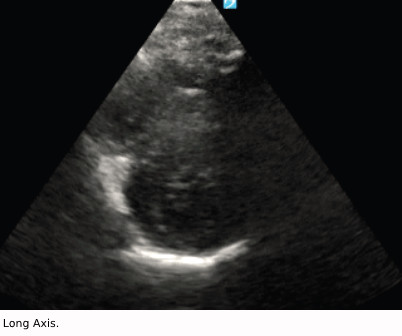Putting Clinical Gestalt to Work in the Emergency Department
ACEP Now
OCTOBER 29, 2024
Caring for critically ill patients with limited information requires snap assessments and judgements for timely resuscitation and efficient emergency department throughput. In this study, clinical gestalt is not only fast, but accurate for the benefit of timely resuscitation and intervention. Sound familiar?

































Let's personalize your content